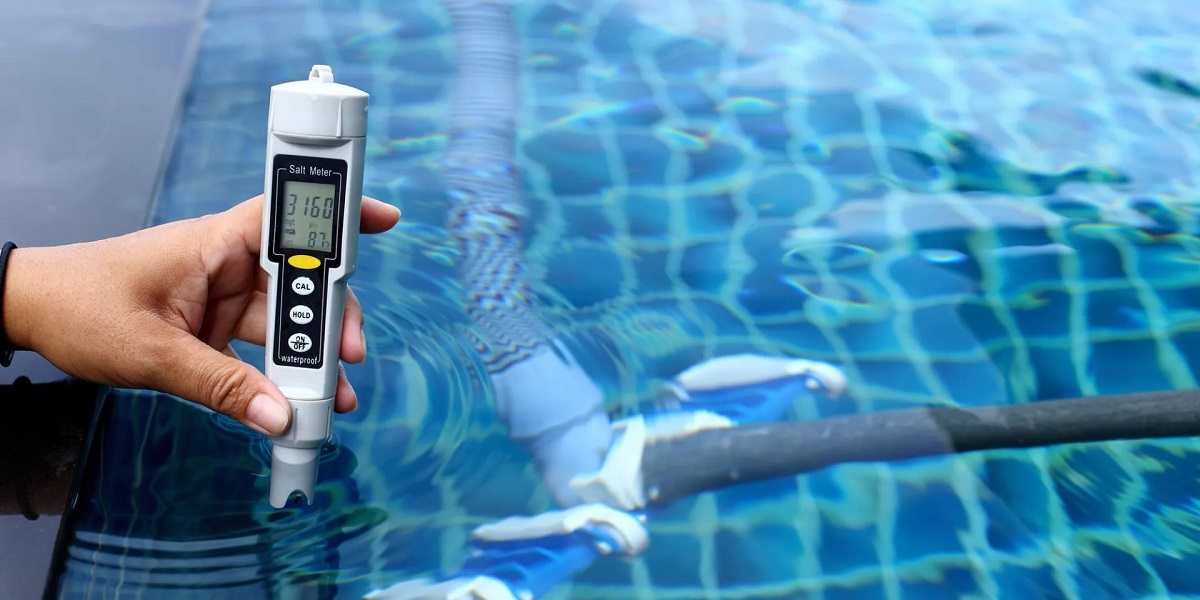Many homeowners want to install swimming pools so they can enjoy summer fun without lining up at their local public pool. At a moment’s notice, you can wander outside your home in your swimsuit and jump right into your very own pool.
However, as convenient as having a swimming pool is, it does come with responsibilities. Caring for a pool can require some time and effort, so consider some of these helpful tips below to get on top of it.
Skim Daily
Insects, debris, and all sorts of contaminants can end up in your swimming pool, regardless of whether you use a swimming pool cover or not. To keep your water fresh and clean, get into the habit of skimming your pool daily. The more often you do it, the less time it takes. There are plenty of pool products available to help make this process as easy as possible.
Take Care of Your Filter
Your swimming pool’s filter has a very important job to do – removing impurities from your water. In return for its service, you need to take care of it. Once a week, turn off the filter, remove the filter cap, lift out the filter basket, and remove any debris that’s built up inside.
Then, once a month, perform backwashing so that you can clean out the pipes that help with the filtering process. Backwashing is a straightforward process. All you need to do is remove the leaf basket and turn on the pump until your waste pipe ejects clear water.
Keep On Top of Chemicals
While skimming and filter care are essential, if there’s one job you don’t want to let fall by the wayside, it’s chemical care. If you aren’t incredibly fastidious with chemical use, you can cause pool occupants to suffer from irritated skin and eyes or have your pool not be clean at all.
There are at least six different chemical considerations your local installer may recommend as being important for your pool water, including calcium hardness, free chlorine, cyanuric acid, total alkalinity, and acidity/alkalinity.
Free chlorine is a sanitizer that keeps your water germ free, while cyanuric acid protects the chlorine from sunlight. You might consider calcium hardness to prevent plaster damage to your pool and acidity and alkalinity to manage your pH levels.
Look After the Water Level
With kids splashing about, intense sunshine, and heavy rainfall, your pool water levels are bound to fluctuate from time to time. Keep an eye on this for safety reasons and to protect your pool materials’ integrity.
Your pool water levels should ideally be halfway up to the opening of your skimmer. If they aren’t, use a garden hose to add as much water as you need.
If you’re having the opposite problem – too much water – hire a submergible pump to drain excess water. Take care if your pool is fiberglass or vinyl, as a submergible pump may not be the best option. If you’re unsure, consult a pool expert to find out what may suit your unique situation the best.
Pool ownership is a lot of fun, and thousands of homeowners reap the rewards daily. However, your pool’s longevity may just rely on you considering these care tips above and fastidiously maintaining your pool to the best of your ability.

